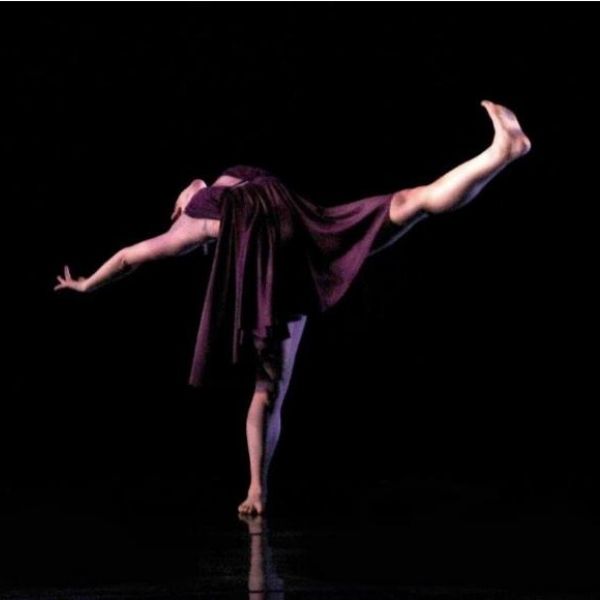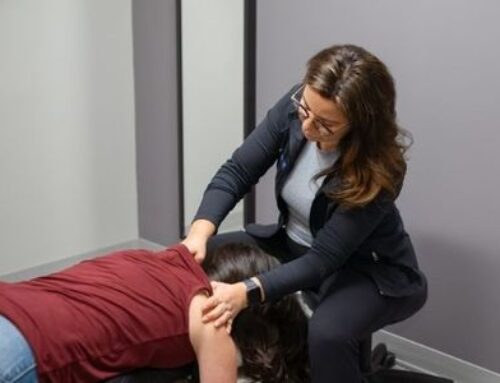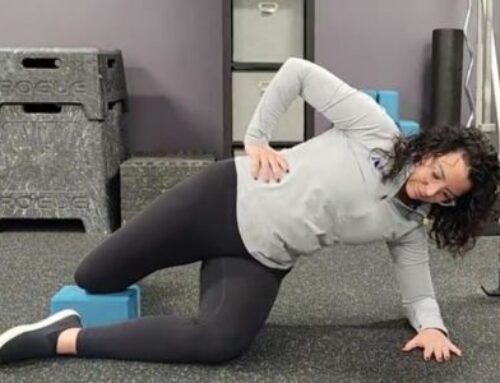About 12 years ago my best friend and then dance partner was sitting in a hospital room. She had just undergone surgery on both of her ankles to repair fraying that had occurred along her Achilles tendons. She woke up after the surgery to see that both of her legs, from the calf down to her feet, were wrapped in gause and casting. The surgeon eventually came into the room to talk to her about how the surgery had gone and what she could expect moving forward.
The doctor told my friend that the damage was severe and that she would never dance again. My friend was heartbroken and immediately refused to contemplate what a life without dance would be like. She argued with the doctor saying that there must be some way for her to return to dance. The doctor assured her that because of the nature of the injury, she would never have the ankle stability to dance in a pointe shoe again.
My friend was not only upset at this point, but she also enraged. You see, my friend was a Jazz and modern dancer, and that’s not the same as a ballerina. They certainly don’t wear pointe shoes and that means that they don’t put the same kind of stress on their ankles as ballerinas do. Unfortunately, as is all too common amongst healthcare providers, her doctor had a very limited understanding of what dance is or what dancers do. In his mind, all female dancers were ballerinas and therefore, with the injury that my friend had, she would not be able to return to dance.
This is a story that is all too common amongst dancers in the field. The sad truth is that most dancers, when injured, are generally met with misunderstandings or assumptions on behalf of those who are attempting to care for them. Often, this results in dancers being told that they need to stop dancing. Even if only temporarily, many injured dancers are told to stop dancing or else their injuries won’t heal.
The reality however, is that dancers, like any other professional athlete, can rarely afford to simply stop. Falling behind in training can not only cause problems for a dancers’ progress, but it can also interfere with production schedules, performances and their ability to keep their job. In a field where job security is very rare, stopping one’s dance training all together can often spell the end for a dancer’s contract.
This is why it is so important to find a healthcare provider who understands dance and what is required of a dancer. A dancer’s body is their livelihood. It is therefore important, as a healthcare provider, that I work with my dancer patients in order to find compromises that we both can live with. Like with all patients, it’s about forming a partnership between the provider and the patient.
In the past I have advised dancers with sprained ankles to rehearse in tennis shoes. I’ve asked male dancers with back or shoulder pain to limit how much they rehearse lifts and I’ve asked ballerinas with foot pain to do their pointe work on flat.
As dancers, we use our entire body at all times. Rarely does an injury occur that results in the inability to move our entire body. Most of the time, injured dancers need only modify things so that they can continue to work and train. Now don’t get me wrong, when an injury calls for it, I have told dancers they need to stop, but those occurrences are few and far between. By working with my dancer patients to modify what they do, they’re happy because I’m not telling them to stop, I’m happy because they’re giving the injured area the time necessary to heal, and their employer is happy because the dancer isn’t taken out of work.
It’s all about finding a compromise together. The frustration comes when a provider doesn’t have the knowledge of what a dancer’s needs are. No one bats an eye at a football player taping a sprained ankle and continuing to play but for some reason dancers are constantly being told to stop training over every little injury. And the result is simple, the dancer loses trust in their provider. In the past, when a provider told me to stop dancing without really showing me that they understood dance, I simply stopped going to them. They had proven, in that moment, that they didn’t take my job seriously and so, I didn’t take them seriously.
A similar story happened when a student of mine was told by their doctor that they wouldn’t be able to dance for at least 9 months following a shoulder surgery. My student was a tap dancer. They dance solely with their feet, no shoulders needed. Was it awkward for my student to tap with a shoulder in a sling? Yes. Did it hurt her to do so? No. Did they listen to or take that doctor seriously? Also no. The doctor had lost my student’s trust.
So if you’ve had experiences with healthcare providers not understanding your needs as a dancer or trying to tell you that you must stop dancing over every little injury, call and set up an appointment today. I love working with dancers and I know what they need in order to continue to be healthy and grow. I spent entire portions of my career modifying things so that I could perform through injuries. I even once technically performed with a broken foot but that’s a story for another time.
I’m really hoping to grow this dance community here at Pinnacle Hill Chiropractic into something special and that means interacting with my readers! So if you have any questions or topics you would like me to address here on the Dancer Blog comment below and let me know! Also if you want to help this community grow faster, please like and share this blog on Facebook, Instagram, and Twitter.
Alright, this week I’m featuring a woman you’ve already heard about. She’s the woman from my opening story, my old dance partner and best friend of 17 years. Pictured below is Krista Padlick performing, years after her supposedly career ending injury, her senior solo at Purchase College. Fun fact, Krista has performed professionally all over the world across 5 continents and is a proud co-owner of Roc Dance, a dance studio located in Webster (Check them out!). Bonus fact, Krista has a daughter, Lucia Margret, who just turned 1 in April. HAPPY BIRTHDAY LULU, UNCLE JIMMY LOVES YOU!!!
Ok tune in next week when we’ll be discussing something I have all the experience with: shoulder and neck injuries in male dancers! We will be discussing partnering and all the crazy physics as well as the biomechanics that go into it. Also if you want to read more about what healthcare providers don’t understand about dancers check out some of my earlier blogs here: Why Is It So Hard For Dancers To Find A Good Healthcare Provider? Part 1 and Part 2. Until next time!





